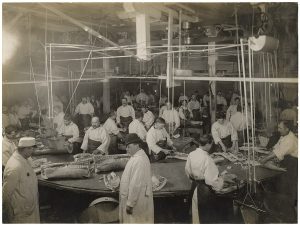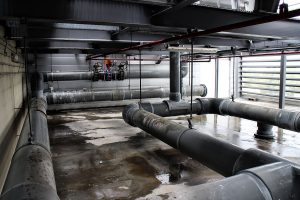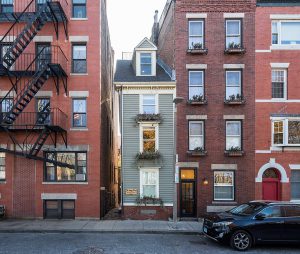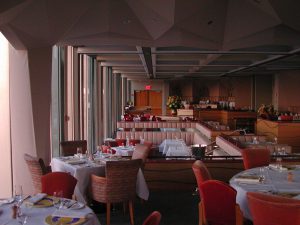This is arguably getting a bit outside the built environment mandate and more into epidemiology and disease transmission, but I thought this was an interesting paper detailing a particular outbreak in a meat processing facility. “Investigation of a superspreading event preceding the largest meat processing plant-related SARS-Coronavirus 2 outbreak in Germany“. What I particularly like …
A review article this time, “An Overview on the Role of Relative Humidity in Airborne Transmission of SARS-CoV-2 in Indoor Environments“. It’s pretty much all there in the title… they looked at the state of current research and tried to summarize it here, specifically with an eye towards actionable choices for people managing buildings. Abstract …
I expect to see more and more of this kind of article moving forward. Moving from “here’s the virus in buildings” to “here’s an approach for dealing with it. In this article, “Intermittent occupancy combined with ventilation: An efficient strategy for the reduction of airborne transmission indoors” the authors look at the combination of ventilation …
Just saw this pre-print “COVID-19 Outbreak Associated with Air Conditioning in Restaurant, Guangzhou, China, 2020“. Very short, very to the point. Evidence that droplet transmission happened in this particular outbreak via the ventilation within a building. Abstract below: During January 26–February 10, 2020, an outbreak of 2019 novel coronavirus disease in an air-conditioned restaurant …
This new #OpenAccess paper may be of interest to those out there thinking about microbes in the built environment. : Luhung I, Wu Y, Xu S, Yamamoto N, Wei-Chung Chang V, Nazaroff WW (2018) Exploring temporal patterns of bacterial and fungal DNA accumulation on a ventilation system filter for a Singapore university library. PLoS ONE …
Here’s the report from Day 1 of the 5th annual Microbiology of the Built Environment meeting in Boulder, CO. Following my summary of the talks is a Storify of all the tweets from the day. The first talk of the day was by Ulla Haverinen-Shaughnessy from the University of Eastern Finland whose talk was entitled …
(This is a guest post by Jordan Peccia at Yale University) After a six-month period of home recruitment, surface and aerosol sampling campaigns have begun in an Alfred P. Sloan Foundation indoor microbiome sponsored project awarded to Tulsa and Yale Universities. The goal of this proposed research is to explore how two central and modifiable …
(Author’s note, this article is a bit out of date but I just found this draft and am posting it because I think it’s still an interesting study) Trying to get outside my microbiology comfort zone and post some more about building science. A recent study finding that more fresh air in classrooms correlated with …
Whenever I got sick as a young child, my mom insisted upon opening my windows in the mornings to let fresh air in. She claimed it would help me get better if we let clean air in to flush out the dirty air. To me, it was a nuisance. I had the chills and resented …
Recently I was doing field work in southern Africa and marveling at the enormous termite mounds that dot the landscape. Composed of soil, saliva and poop, termite mounds are amongst the most spectacular of the structures built by animals. These fascinating structures maintain the ventilation of termite nests that are actually subterranean. This PBS blog post …




